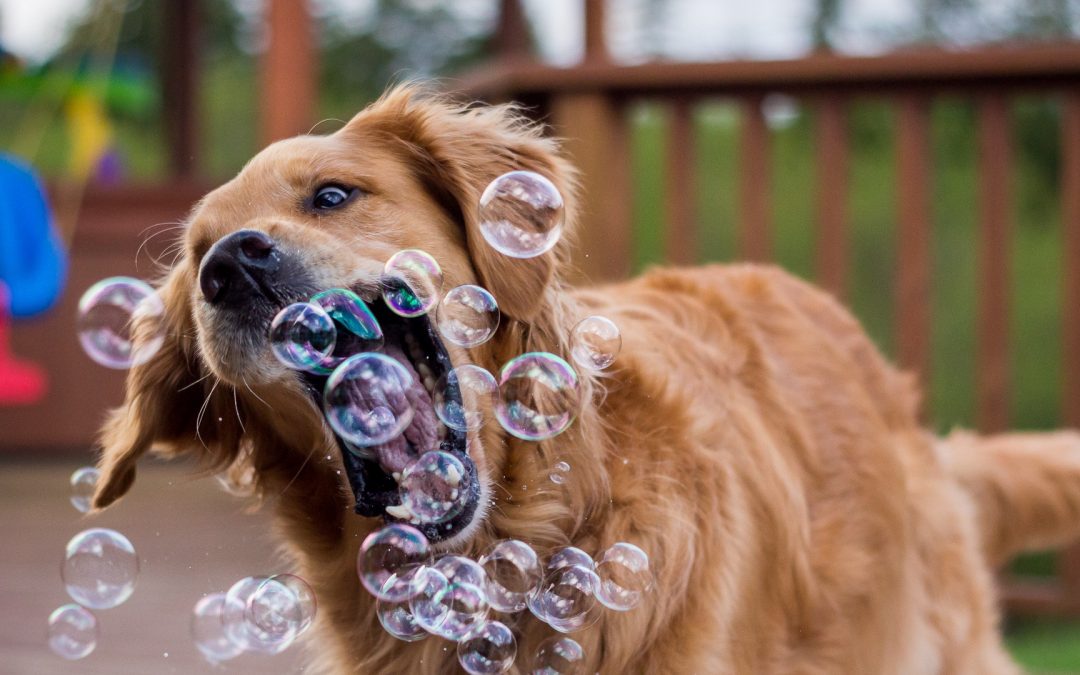
Car Safety for Dogs: Everybody belt up!
It’s not uncommon to look back on “The Old Days” and shake your head at the way things used to be done. Things that seemed perfectly normal fifty years ago would be considered reckless endangerment now. A perfect example of this is car safety. Safety standards for cars have changed drastically over the years. Nowadays no one would have a second thought about the wisdom of buckling up or putting their baby in a car seat. However seatbelts weren’t standard in cars until 1968, and car seats for small children weren’t required nationwide until 1985!
Well believe it or not, in a few decades TODAY will be “The Old Days” and some of our current practices will cause our grand kids to shake their heads in dismay. Safety standards are still improving and the next big frontier in car safety is all about the pups! For the most part, when dogs join us in the car, they tend to roam free. It’s not at all uncommon to see little dogs on people’s laps, happy panting faces hanging out of windows or wagging tails in the back of a pickup truck. I would be lying if I said that my dogs haven’t traveled in the same way. Growing up, that was how it was always done, and if everyone does it then there can’t be a problem with it, right? Well, that’s what we said about the “Steel Travel Platform” for babies pictured below too.

The truth is that dogs having the run of the car can create a lot of issues for them and their human companions. They can be adorable little distractions that ask for affection while your attention should be on the road. Little dogs in laps can jump down by the pedals risking an accident. Dogs in the back of a truck or with their head out a window can jump out, be hit by debris (particularly dangerous for their eyes), and be seriously hurt if your car were to roll. Finally we can’t forget that a dog riding loose in a car is just as likely to get injured in an accident as humans are if we are left unbuckled in a car. Not only that, they can become deadly projectiles that can seriously injure human passengers as well.
So what are our alternatives? Over the last several years a plethora of products have hit the market aimed at solving this dog transportation issue with some being better than others. Below I’ve provided a brief breakdown of some of the more popular solutions.
Pet Seats:
Pet seats are typically marketed toward the owners of small breed dogs. They are basically soft comfy little boxes that your dog can be strapped into so that they can be kept in place while enjoying the comfort of a dog bed. However while these seats may keep you dog in its place to prevent driver distraction, they aren’t helpful when it comes to the big stuff.The Center for Pet Safety which conducts stringent third party crash testing for dog safety products has only completed a pilot study of pet car seats which means that only a few representative ones were tested, but the results were not promising. None of the pet seats tested kept the test dummies safe in a collision with most of them completely failing and leaving the dog flying across the car. Not ideal for car safety.


Car Barriers:
Car barriers are usually designed to separate the front seat from the backseat, or the backseat from the cargo area of a car. High quality barriers can not only prevent your dog from distracting you while driving, but can keep your dog from becoming a dangerous projectile and injuring humans in the event of an accident. However your dog it still very likely to become injured as he will still be thrown around his separate compartment of the vehicle. And that is a best case scenario. If your barrier is not sturdy enough to withstand the thousands of pounds of force that hit it when your dog goes flying, it will basically become another flying projectile that can seriously harm others.


Crates and carriers:
Unlike barriers and pet seats, crates and carriers not only reduce distraction but keep you and your pet safe in the event of an accident. That is of course if they are strong and properly installed (even the best kennel won’t help much if it gets loose and goes rolling around the car).The Center for Pet Safety has tested several crates and carriers on the market. The carriers that passed the test were several from the Sleepypod line (Air, Atom, Mini with PPRS Handilock, and Mobile Pet Bed with PPRS Handilock), and the Gen7Pets Gen7 Commuter. The only winner for the crates was the Gunner Kennel G1. The CPS has by no means tested all of the safety equipment available on the market, but their results are a good place to start if you want to be sure that you are getting a quality product. Especially since many products in the market advertise as crash tested while conveniently leaving out the fact that they failed said tests or conducted their own rather biased ones. If you decide to shop for products off this list, I would advise that you first visit CPS’s website linked below to be sure you aren’t buying a product that they proved would fail in an accident, and then to do your own careful research to be sure that the product you choose has been properly tested.


Harness and Seatbelt:
The most important thing to know is that you should never EVER attach a seatbelt or tether to your dog’s collar! If you were ever in an accident you could seriously injure or even break your dog’s neck. Instead any seatbelts or tethers should be attached to a chest harness that can distribute pressure to minimize injury. That being said, the proper harness and tethering system, like crates and carriers, not only prevents distraction issues but protects your dog and other passengers from injury in the event of a collision. There are actually only three car safety harnesses that have passed third party crash testing done by the Center for Pet Safety: the ZuGoPet Rocketeer Pack, the Sleepypod Clickit Safety Harness, and Sleepypod Clickit Terrain Safety Harness. Some other harnesses passed the test for smaller dogs but not larger ones (see the CPS website for more info). As with crates and carriers, there are many harnesses that have not been tested by CPS, but it is highly advised that owners investigate the crash testing claims of those products before purchasing them. In general the harness should be built with quality materials that can withstand the force of a crash and should be secured with the car’s own seatbelt. In its research CPS found, “Pets are essentially “clothes-lined” by extension tethers – they launch forward and snap back with the spine incurring the most damage. Reports of paralysis, blunt force trauma – and in some cases the spine has been damaged so severely that the internal organs could no longer function and the dog had to be humanely euthanized.” Tethers and other harnessing systems can be helpful for more common minor issues like keeping your dog from distracting the driver and preventing them from flying forward if you have to suddenly hit the brakes, but when it comes to a real accident, only crash tested harnesses secured with a seatbelt will protect your dogs like a seatbelt would protect you.


The conclusion? Change happens incrementally, and no one is going to judge you if you don’t use crash tested products for your dog (at least not in this decade). Reducing driver distraction is probably the easiest most impactful change we could make as dog owners and would be a great first step. However if you truly want your dog to ride as safely as you, the crash test evidence speaks for itself. Either put them in a well secured crate or seatbelt them using one of the crash tested and approved harnesses or carriers listed above. It may take some time and effort to get them adjusted, but keeping your whole family safe will be worth it.
For more information on car safety for dogs and crash tested products, see the articles linked below.




